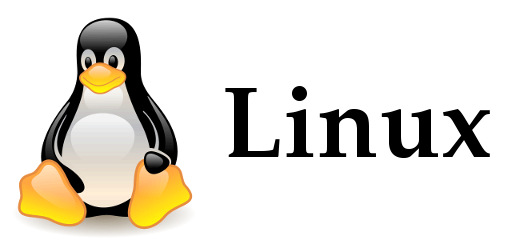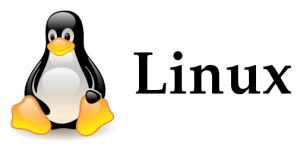Linux
Course Objectives:
– Understand the basics of the Linux operating system
– Learn how to navigate and work with the Linux command line interface
– Gain knowledge in managing files, directories, and permissions in Linux
– Develop skills in installing and managing software packages in Linux
– Learn about networking, security, and system administration in Linux
Course Outline:
1. Introduction to Linux
– Overview of the Linux operating system and its history
– Understanding the advantages of using Linux
– Introduction to different Linux distributions
2. Linux Installation and Basic Configuration
– Installing Linux on a virtual machine or physical system
– Basic system configuration and setup
– Understanding the Linux file system hierarchy
3. Linux Command Line Interface
– Introduction to the Linux shell and command line interface
– Navigating the file system using commands like cd, ls, and pwd
– Working with files and directories using commands like cp, mv, and rm
4. File Permissions and Ownership
– Understanding file permissions and ownership in Linux
– Changing file permissions and ownership using chmod and chown
– Managing file permissions using symbolic and numeric notation
5. Text Processing and Manipulation
– Using text editors like vi or nano to create and edit files
– Understanding regular expressions for pattern matching
– Using commands like grep, sed, and awk for text processing
6. Package Management
– Introduction to package management systems in Linux (e.g., apt, yum)
– Installing, updating, and removing software packages
– Managing software repositories and dependencies
7. Process Management
– Understanding processes and process management in Linux
– Managing processes using commands like ps, top, and kill
– Monitoring system performance and resource usage
8. Networking in Linux
– Configuring network interfaces and IP addresses
– Understanding network protocols and services (e.g., TCP/IP, DNS)
– Troubleshooting network connectivity issues
9. System Administration
– Managing users and groups in Linux
– Configuring system services and daemons
– Performing system backups and restores
10. Shell Scripting
– Introduction to shell scripting in Linux
– Writing and executing shell scripts
– Automating tasks and creating simple scripts
11. Security and Permissions
– Understanding Linux security principles and best practices
– Configuring firewall and security settings
– Managing user permissions and access control
12. Advanced Topics (optional)
– Introduction to Linux server administration
– Configuring web servers (e.g., Apache, Nginx)
– Managing databases (e.g., MySQL, PostgreSQL)

